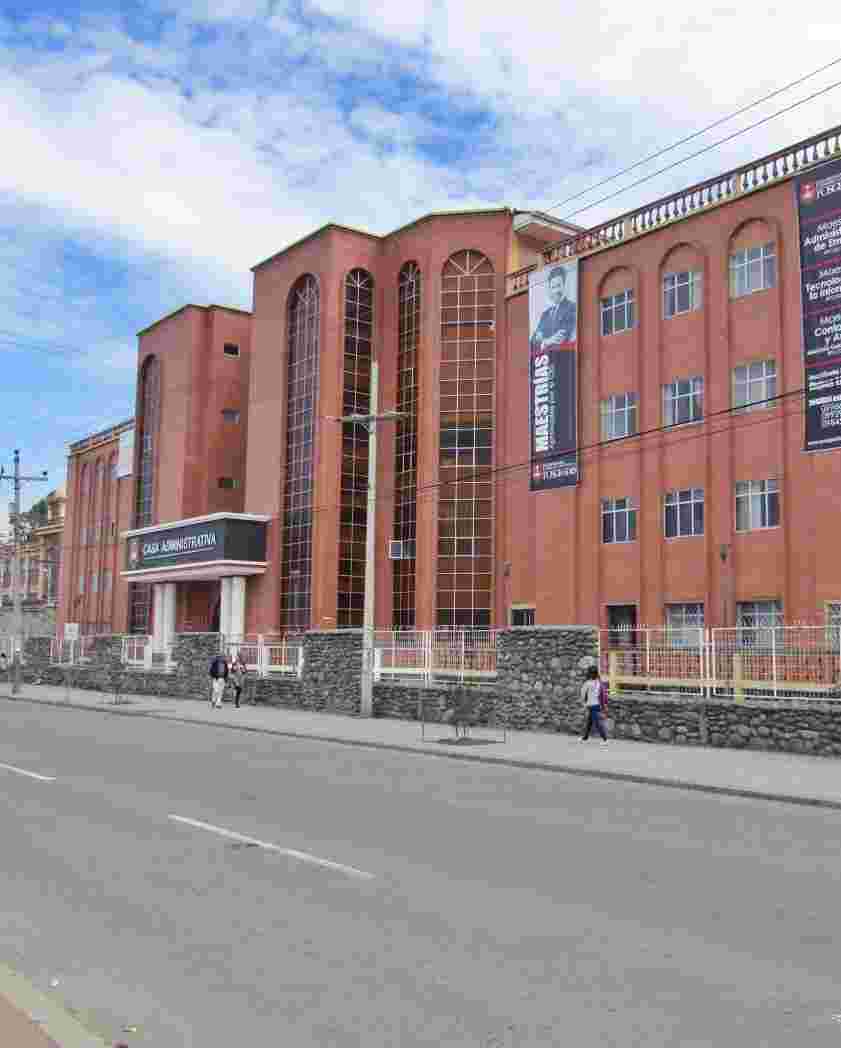Predicción de la vía aérea difícil mediante las escalas Mallampati y Cormack-lehane durante anestesia general en cirugías de emergencia
| dc.contributor.advisor | Carrera Reyes, Rosa Eulalia | |
| dc.contributor.author | Largo Cali, Michael David | |
| dc.contributor.cedula | 0106812613 | es_ES |
| dc.coverage | Cuenca-Ecuador | es_ES |
| dc.date.accessioned | 2023-09-06T20:55:48Z | |
| dc.date.available | 2023-09-06T20:55:48Z | |
| dc.date.issued | 2023 | |
| dc.description | Introducción: La planificación preanestesia permite conocer el riesgo de complicaciones asociadas al procedimiento quirúrgico de cada paciente por lo que la necesidad de la evaluación anestésica mediante la utilización de predictores de la vía aérea difícil es indispensable para evitar complicaciones potencialmente mortales. Metodología: Se trata de un estudio de revisión bibliográfica de tipo narrativa tomada de la base de datos científicas, como Scielo, Pub Med, Biblioteca Cochrane, y Science Direct, parte de la estrategia PRISMA, sobre la predicción de la vía aérea difícil mediante las escalas Cormack – Lehane y Mallampati durante anestesia general en cirugías de emergencia. Resultados: Mallampati tiene una sensibilidad del 62,5% y una especificidad de 78,8%; el valor predictivo positivo de intubación 7,9% y el negativo de 98,6%, mientras que la escala de Cormack – Lehane reporto sensibilidad 62,5% y especificidad del 50%, valor predictivo positivo de intubación 12% y predictivo negativo 96,7%. Por tanto, son útiles en la estimación de la vía aérea difícil, por disminuir los riesgos asociadas a la ventilación. Conclusiones: Las escalas predictivas de vía área tiene una sensibilidad y especificidad variable, pero ayudan a disminuir las complicaciones de su manejo y para tener mejor valor predictivo se debe asociar a variables como obesidad, cuello corto, distancia tiromentoniana entre otros | es_ES |
| dc.description.abstract | Introduction: Pre-anesthesia planning permits knowing the risks associated with the surgical procedure of each patient, so the need for anesthetic evaluation by using predictors of difficult airways is indispensable to avoid life-threatening complications. Methodology: This is a literature review study of narrative type from scientific databases, such as SciELO, PubMed, Cochrane Library, and Science Direct, part of the PRISMA strategy, on the prediction of difficult airway using the Cormack - Lehane and Mallampati scales during general anesthesia in emergency surgeries. Results: Mallampati has a sensitivity of 62.5% and a specificity of 78.8%; the positive predictive value for intubation was 7.9%, and the negative predictive value was 98.6%, while the Cormack - Lehane scale reported a sensitivity of 62.5% and specificity 50%, positive predictive value for intubation 12% and negative predictive value 96.7%. Therefore, they are useful in estimating difficult airways by reducing the risks associated with ventilation. Conclusions: The predictive scales of the airway area have variable sensitivity and specificity, but they help to reduce the complications of its management. To have a better predictive value it should be associated with variables such as obesity, short neck, and thyromental distance, among others. Keywords: Difficult airway, Intraoperative Complications, Pre-anesthetic Evaluation, Difficult intubation, Modified Mallampati Classification, Cormack-Lehane Classification. | es_ES |
| dc.description.peer-review | Revisión bibliográfica | es_ES |
| dc.description.uri | Tesis | es_ES |
| dc.format | application/pdf | es_ES |
| dc.format.extent | 14 páginas | es_ES |
| dc.identifier.citation | VANCUOVER: Largo M. Predicción de la vía aérea difícil mediante las escalas Mallampati y Cormack-lehane durante anestesia general en cirugías de emergencia. Médico. Cuenca-Ecuador. Universidad Católica de Cuenca. 2023. [citado el DIA de MES de AÑO]. Disponible en: https://doi.org/10.56048/MQR20225.7.3.2023.3365-3378 | es_ES |
| dc.identifier.doi | https://doi.org/10.56048/MQR20225.7.3.2023.3365-3378 | es_ES |
| dc.identifier.journal | Revista Multidisciplinaria Arbitrada de Investigación Científica | es_ES |
| dc.identifier.other | 9BT2023-MTI133 | |
| dc.identifier.uri | https://dspace.ucacue.edu.ec/handle/ucacue/15379 | |
| dc.language.iso | spa | es_ES |
| dc.publisher | Universidad Católica de Cuenca. | es_ES |
| dc.rights | info:eu-repo/semantics/openAccess | es_ES |
| dc.rights.uri | http://creativecommons.org/licenses/by/4.0/deed.es | es_ES |
| dc.source | Universidad Católica de Cuenca | es_ES |
| dc.source | Repositorio Institucional - UCACUE | es_ES |
| dc.subject | VÍA AÉREA DIFÍCIL | es_ES |
| dc.subject | COMPLICACIONES INTRAOPERATORIAS | es_ES |
| dc.subject | EVALUACIÓN PRE ANESTÉSICA | es_ES |
| dc.subject | INTUBACIÓN DIFÍCIL | es_ES |
| dc.subject | CLASIFICACIÓN MODIFICADA DE MALLAMPATI | es_ES |
| dc.subject | CLASIFICACIÓN DE CORMACK-LEHANE | es_ES |
| dc.title | Predicción de la vía aérea difícil mediante las escalas Mallampati y Cormack-lehane durante anestesia general en cirugías de emergencia | es_ES |
| dc.type | info:eu-repo/semantics/article | es_ES |
| thesis.degree.discipline | Salud Humana | es_ES |
| thesis.degree.grantor | Universidad Católica de Cuenca. Unidad Académica de Salud y Bienestar. Medicina | es_ES |
| thesis.degree.level | Título Profesional | es_ES |
| thesis.degree.name | Médico | es_ES |
| thesis.degree.program | Presencial | es_ES |
Archivos
Bloque de licencias
1 - 1 de 1
Cargando...
- Nombre:
- license.txt
- Tamaño:
- 1.71 KB
- Formato:
- Item-specific license agreed upon to submission
- Descripción:




